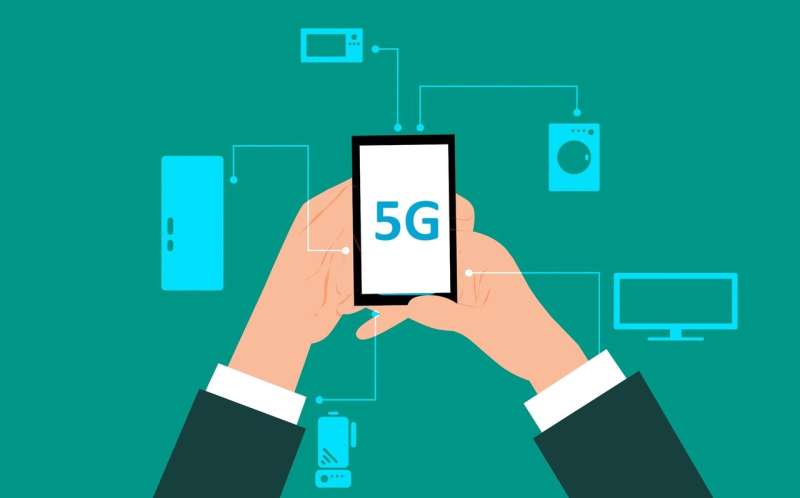Credit: CC0 Public Domain
Sprint brought 5G phone service to four of the nation's biggest cities this week, including New York City; Washington, D.C.; and LA, and naturally, tech nerds like myself got really excited.
The next wave in mobile. New technology on display. Oh boy!
Then came the reality check: 5G service may be touted as available in my town, but not everywhere. Not at my home, commute to work, in the office or nearby. Just elsewhere.
After doing some research about the other guys, you come to realize that what Sprint is doing is a milestone. Its coverage is wider than competitors. It's just not as fast as we imagined 5G would be and certainly not worth the extra expense of an extra $40 monthly, at a minimum, that Sprint is charging for the family plan, nor the $1,000 or so for the new 5G capable phone.
"This is not the year of 5G," says Bob O'Donnell, the president of TECHnalysis Research. "Not yet."
There are a handful of phones currently out that connect to the existing 5G networks, led by the $1,100 Samsung Galaxy S10 5G, but notably, nothing from the best-selling consumer device, the iPhone. Apple's next iPhone, to be released in September, isn't expected to work with 5G. That's not coming until 2020, say analysts.
For consumers, 5G won't be worth paying attention to until "the end of 2020," says O'Donnell, "which means that Apple will time things just right."
By then, the wireless networks will be stronger, new 5G modems will be out that will work with more phones and coverage will be more widespread, he says.
Just how limited the 5G coverage from competitors is now was apparent Tuesday when we started calling T-Mobile stores in Los Angeles to see if we could come in and test their 5G.
T-Mobile, which is set to acquire Sprint, has a coverage map on its website showing where 5G works with T-Mobile in Los Angeles, most notably in downtown but only on certain blocks. We called five stores and not one of them had 5G service, nor 5G phones for sale.
T-Mobile declined comment. T-Mobile's website says it's in six cities, but a good look at its coverage map shows blocks that are available, as opposed to neighborhoods.
On top of that, the carriers have different methods of how they bring 5G to us. Verizon, AT&T and T-Mobile are using high-frequency waves, which offer faster service but work best when you're closest to the cell tower. Plus, they can get interference from outside elements, ranging from trees to windows in a building.
Sprint is using a lower frequency, which gets them wider coverage without the obstacles. The downside is the service isn't as fast, but it's more consistent, O'Donnell says.
Figuring out exactly what the wireless carriers are doing with 5G is confusing.
AT&T says it has 5G, in many cities, from California to Florida, but it turns out it's just for corporate customers. The carrier hasn't announced the availability for consumers, nor pricing. It doesn't offer 5G phones for sale.
Verizon has pricing listed on its website, an extra $10 monthly for 5G service, which it says is available in Washington; Atlanta; Detroit; Indianapolis; Chicago; Denver; Minneapolis; Providence, Rhode Island; and Phoenix, with 30 cities in total by the end of the year.
Sprint says its mobile 5G is six times faster than 4G. But getting back to the higher frequency coverage, O'Donnell talks of taking a speed test with AT&T in Los Angeles, where he stood directly under the cell tower and found it to be 60 times faster. Or as he puts it, the difference between downloading an entire season of Netflix's "Stranger Things" or "Orange Is the New Black" in three minutes versus three hours.
"And then I turned my phone away from the tower, and the speed went down by a factor of four," he says. "It was that short and directional."
In other words, 5G is here now, if you're willing to pay for it, with Sprint. Or you could wait for 2020, higher speeds and better coverage.
Early adopters, what say you?
(c)2019 U.S. Today
Distributed by Tribune Content Agency, LLC.






















